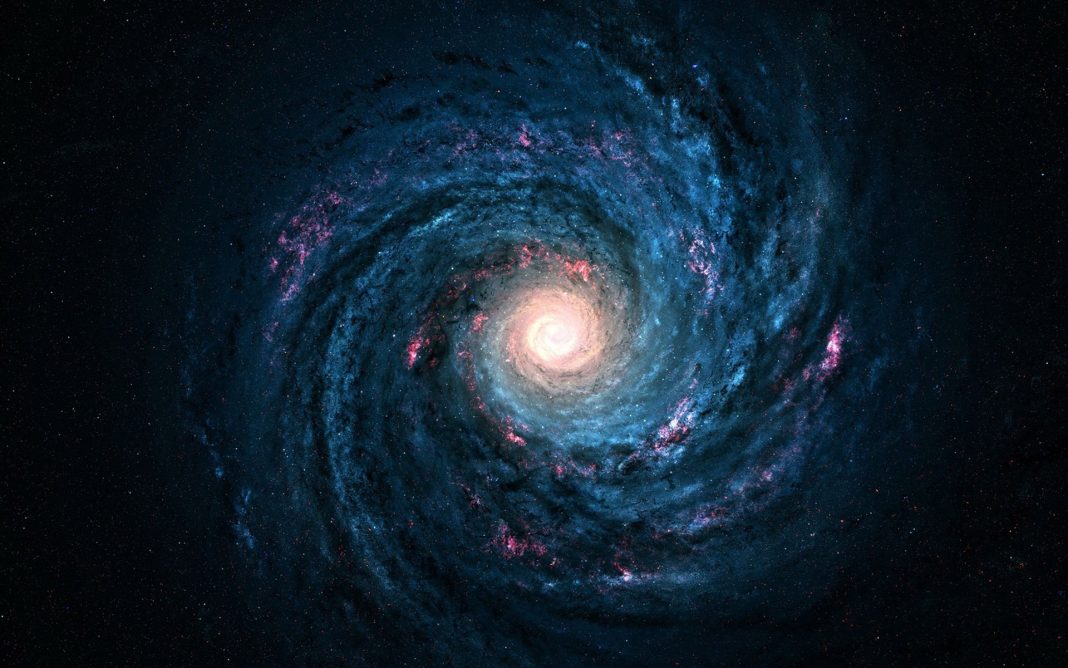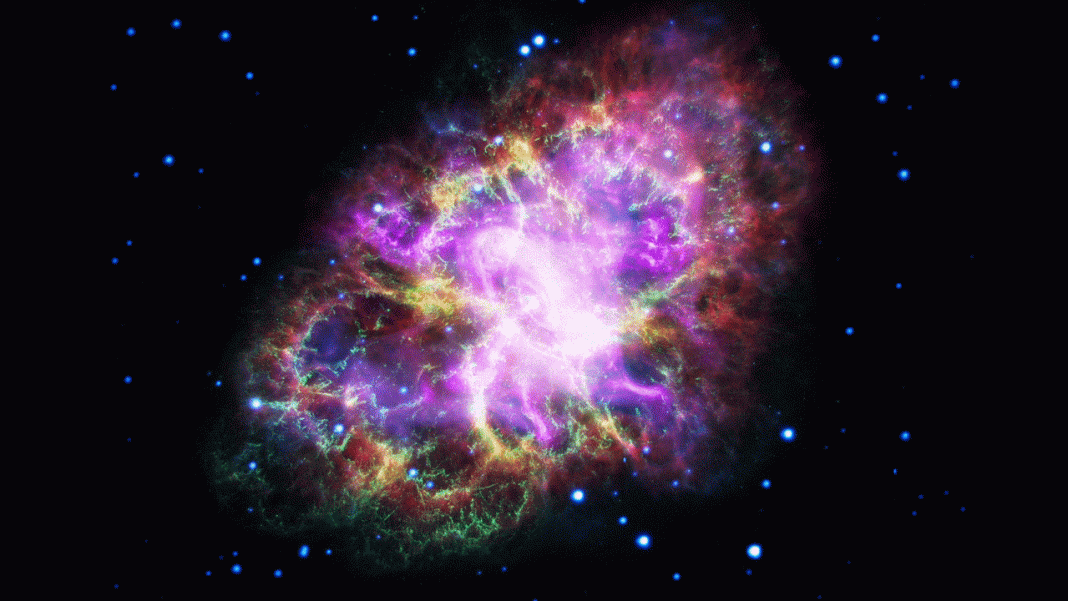More than 200 pulsars have been discovered over the past nine years with thanks to the LAT (Large Area Telescope) instrument of Fermi satellite. Many of these pulsars spin around so fast that they spin around their axis up to hundreds of times per second. They reason they manage to spin this fast is by stealing energy from nearby stars.
April 12 was a very exciting day for science as it marked a day when the LAT detected its billionth extraterrestrial gamma ray. Quite often gamma rays are produced in violent processes such as star explosions or ultradense neutron stars spinning ridiculously fast. They could also be an indication of dark matter. “Since Fermi’s launch in 2008, the LAT has made a number of important discoveries of gamma-ray emissions from exotic sources in our galaxy and beyond,” says Robert Cameron, head of the LAT Instrument Science Operations Center (ISOC) at SLAC National Accelerator Laboratory.
“Understanding pulsars tells us about the evolution of stars because they are one possible endpoint in a star’s life. The LAT data have led us to totally revise our understanding of how pulsars emit gamma rays.” Another achievement for the LAT comes in the form of novae, and for the first time ever scientists have been able to prove these emit gamma rays. Microquasars are more exotic gamma-ray sources that have been detected by the LAT. They are the size of stars and consist of gas spinning around a black hole at its center. As the black hole collects all the matter from its surroundings it shoots off streams of charged particles generating gamma ray beams in the process.
As a result, such ejections could have produced the Fermi bubbles which are two massive areas both above and below the center of our own Milky Way galaxy that allow gamma rays to shine in. They were first detected by the LAT in 2010 and indicate that perhaps the supermassive black hole at the center of our galaxy was much more active than it is now. “With the sensitivity, we have achieved with the LAT, we should in principle be able to see such dark matter signatures,” says Seth Digel, leader of the Fermi group at the Kalvi Institute for Particle Astrophysics and Cosmology (KIPAC). “But we haven’t found any conclusive signals yet, and so far the LAT data can also be explained by other astrophysical sources.”
The LAT is able to see as much as 20 percent of the sky at one time with every orbit taking 95 minutes to complete. But finding the right signals is the tricky part. For every gamma-ray photon observed the LAT sees more cosmic rays. Most are rejected immediately by Fermi’s hardware and software. However, the remaining data is compressed sand sent back to Earth where it can be analyzed. “The ISOC receives about 15 deliveries of LAT data throughout the day for a total of 16 gigabytes or three DVDs worth of data every day,” states Cameron. “For each delivery, the entire process – from the time the data leave Fermi to the time the gamma rays get deposited in the public archive – takes about four hours.”
But despite all the data received thanks to the satellite, the future of Fermi is uncertain. It’s coming up to its 10-year operational goal, and what will happen after that will depend largely on funding. Digel says, “With no successor mission planned, the LAT is in many ways irreplaceable, particularly for studies of low-energy gamma rays. The telescope is still going strong after all these years, and there is a lot of science left to be done.”
More News to Read











